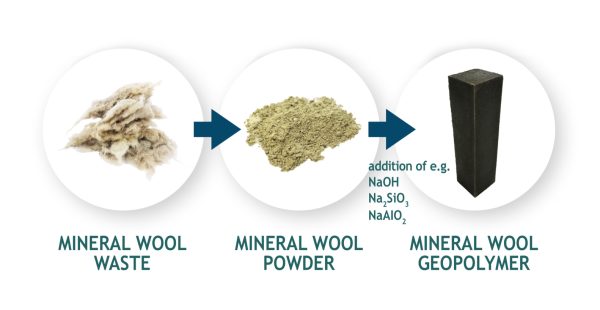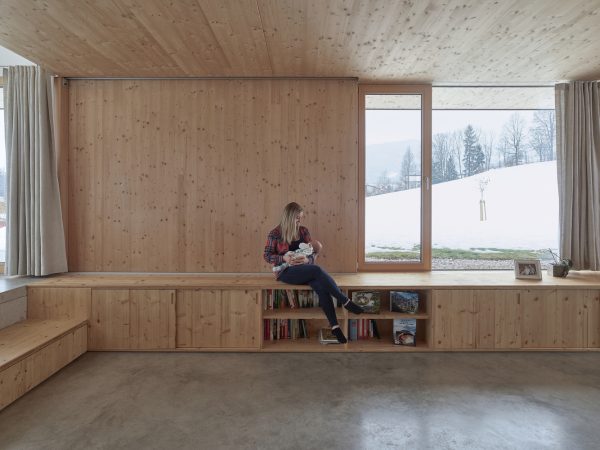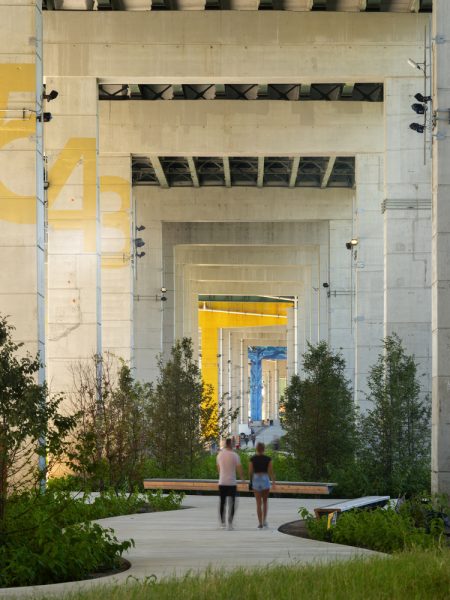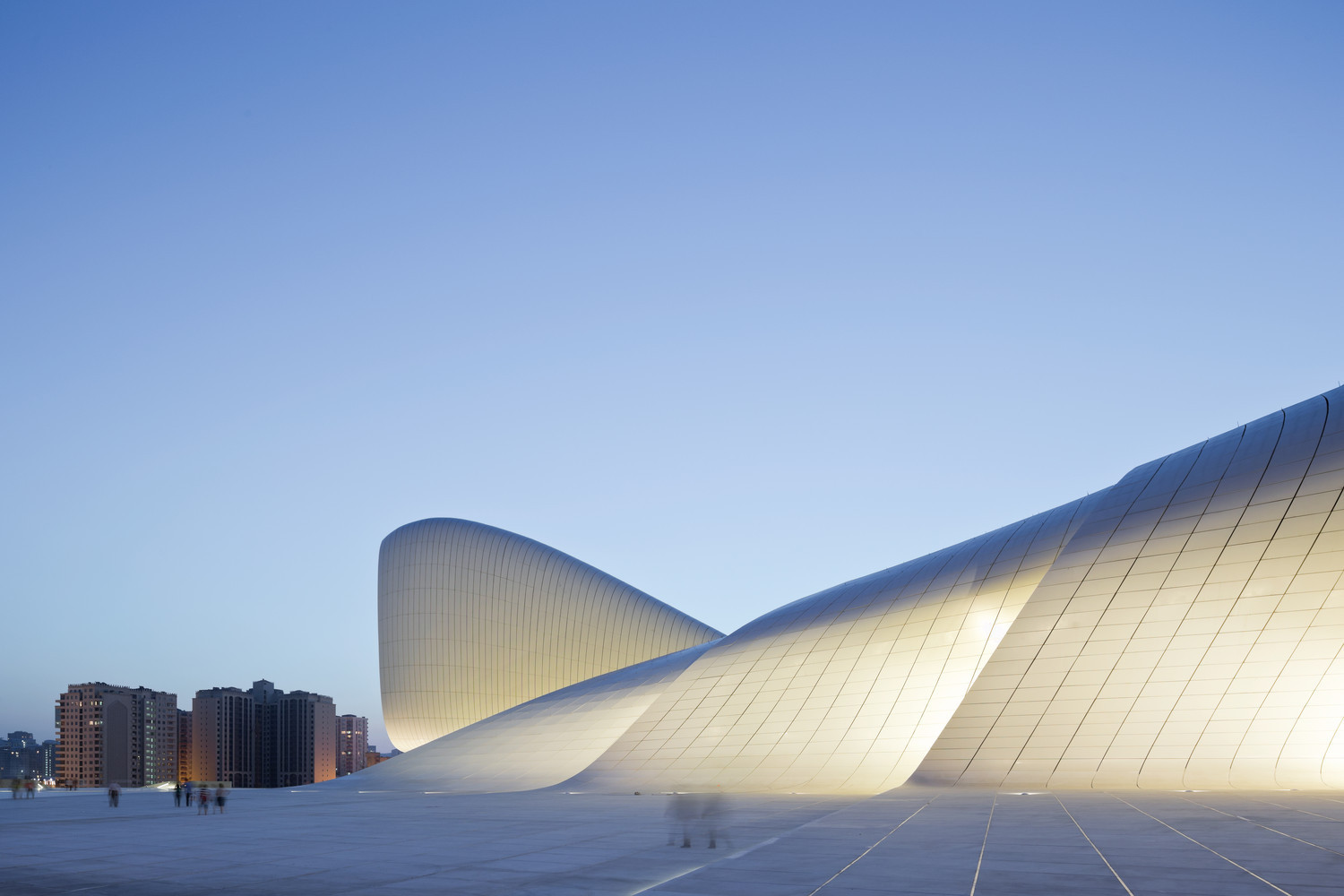
Concrete stands as the second-most utilized material globally. However, its production ranks as the second-largest emitter of CO2, contributing 5 to 7 percent of annual emissions. This dual status of popularity and environmental concern has thrust concrete into the forefront of innovation and exploration within the design and construction sectors. Consequently, designers, architects, and researchers worldwide are envisioning diverse futures for concrete in architectural applications.
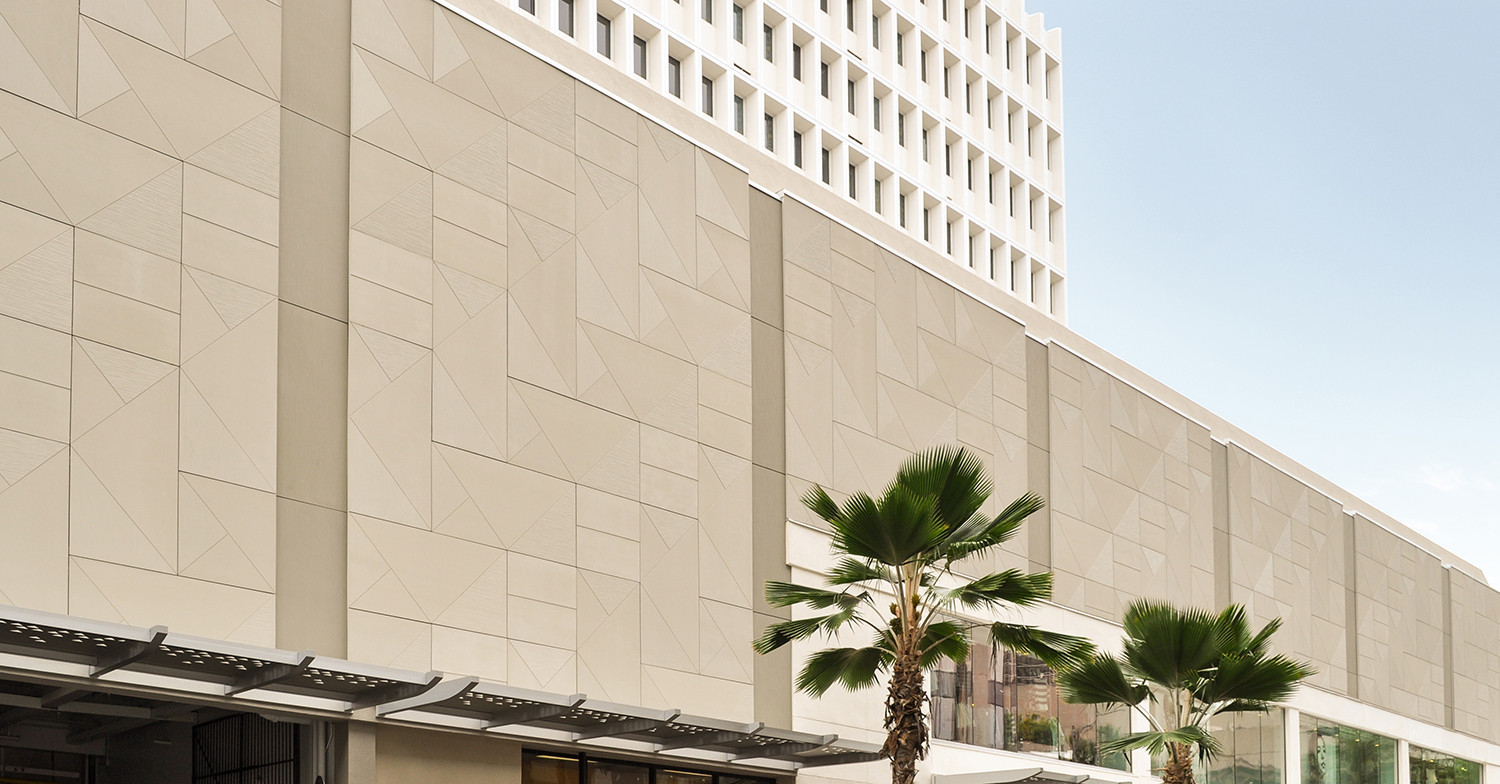
Concrete has remained a favored material for architects and builders for millennia, with its earliest known use traced back to Syria and Jordan around 6000BC. Its affordability, adaptability, swift application, and widespread familiarity have resulted in approximately 22 billion tons of concrete being poured annually. A recent study by the BBC reveals a thirtyfold increase in cement production since 1950, further quadrupling since 1990. This surge is attributed in part to postwar construction in Europe and building booms across Asia from the 1990s onwards. Projections suggest that to meet demands in South East Asia and sub-Saharan Africa, cement production may need to increase by 25% by 2030.
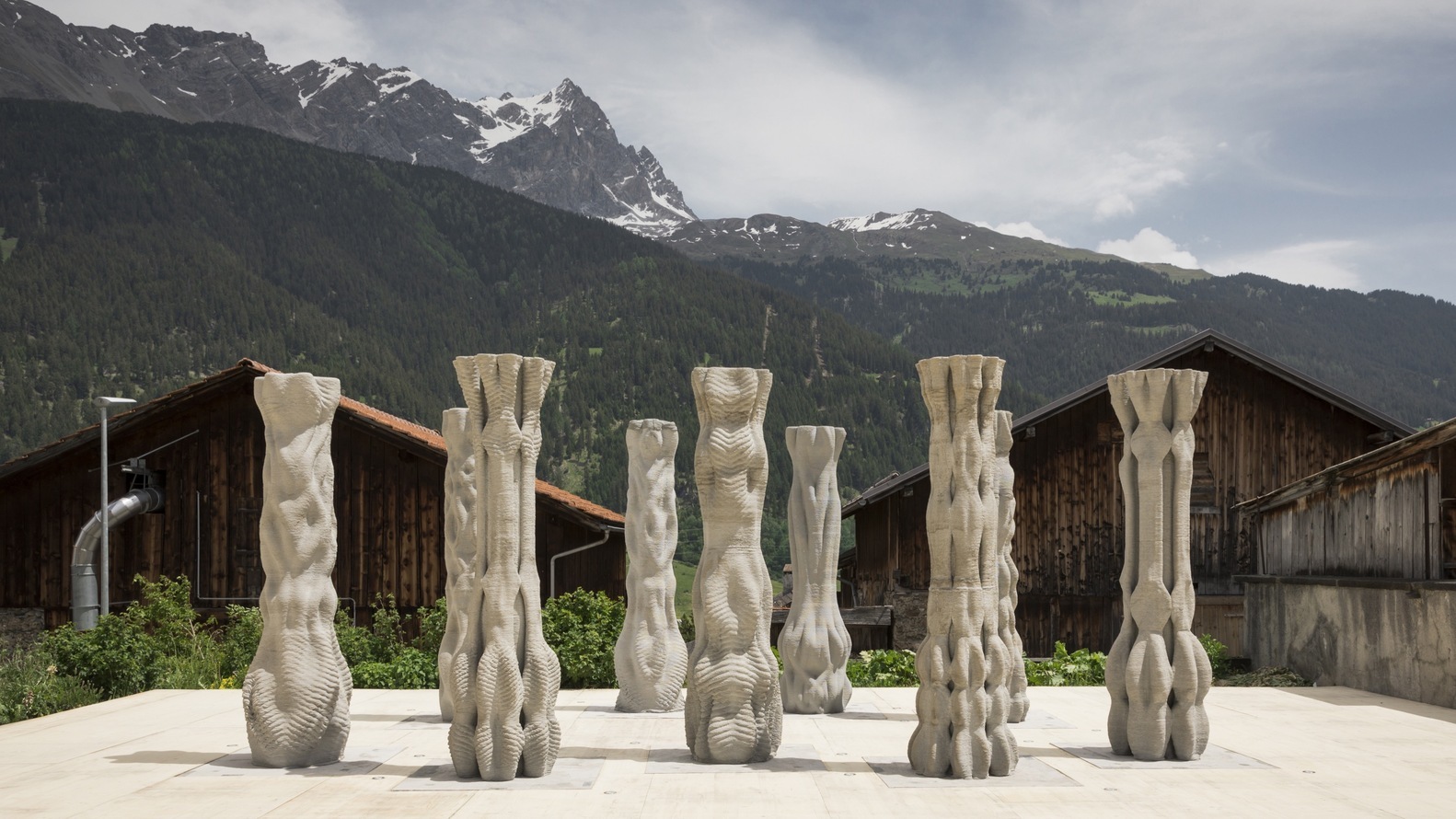
Under intensified scrutiny regarding the built environment’s impact on climate change, concrete has come under particular scrutiny. As noted by Lucy Rodgers of BBC News, “if the cement industry were a country, it would be the third-largest emitter globally – trailing only China and the US. It emits more CO2 than aviation fuel (2.5%), and is closely trailing the global agriculture sector (12%).” At the UN’s 2018 COP24 Climate Change Conference in Poland, it was emphasized that meeting the goals of the 2015 Paris Climate Agreement necessitates a 16% reduction in annual cement emissions by 2030. Against this backdrop, architects and researchers have explored numerous avenues for how concrete could evolve to support a more environmentally sustainable construction process.
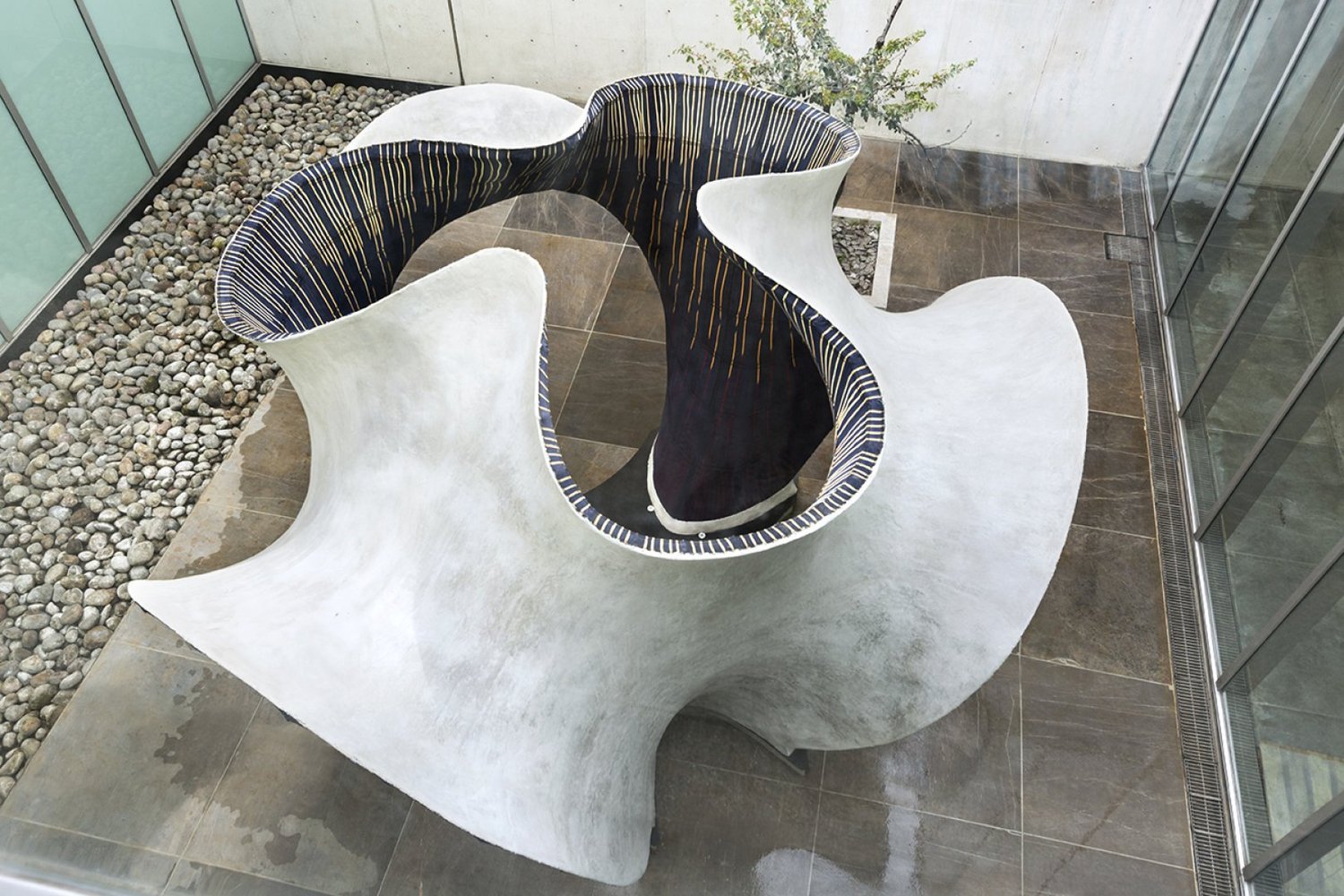
Numerous innovations in concrete focus on minimizing the use of cement in mixtures. Notably, MIT researchers unveiled an experimental technique for cement production that eliminates CO2 emissions. Utilizing an electrochemical process to capture CO2 before its release, the team suggests repurposing the sequestered carbon for use in the fuel and beverage industries.
Another avenue of innovation involves integrating bio-based materials and components into concrete formulations. Recently, scientists at Lancaster University in the UK introduced a pioneering method utilizing nanoplatelets derived from carrots and root vegetables to bolster concrete blends. Additionally, a trend known as “bioreceptive concrete,” pioneered by Dr. Sandra Manso-Blanco, entails layering structural concrete with materials to promote the growth of CO2-absorbing moss and lichen.
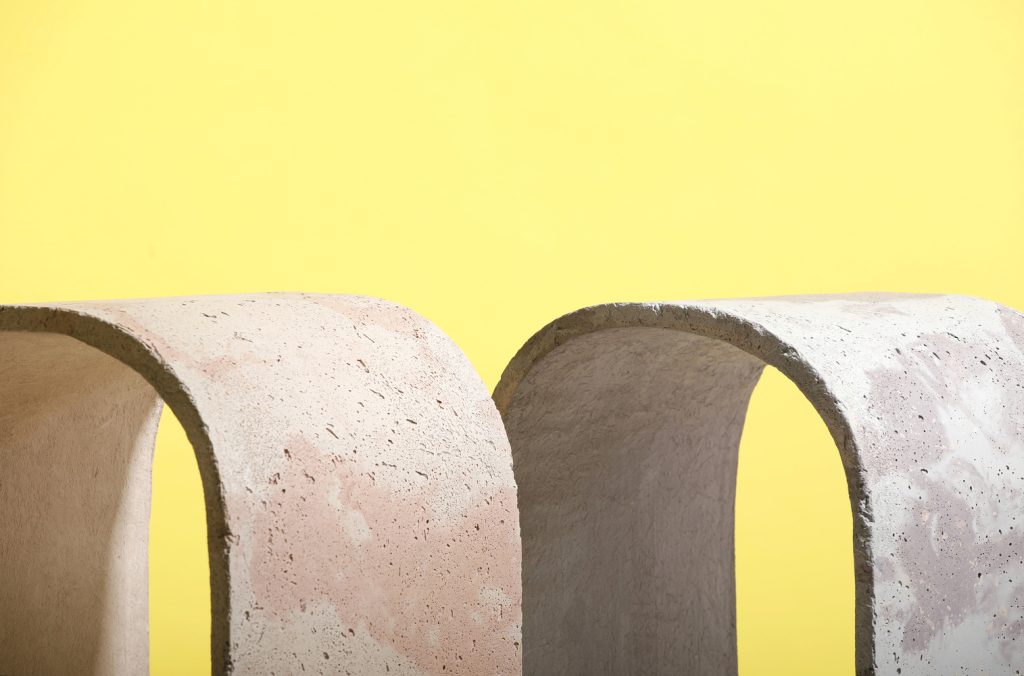
An emerging option gaining traction in mainstream architecture is GFRC (Glass Fiber Reinforced Concrete). This composite comprises a mortar blend of concrete, sand, alkali-resistant glass fiber, and water. GFRC’s notable plasticity allows for the shaping of thinner and consequently lighter facade components. For instance, this material finds application in the cladding of Zaha Hadid Architects’ Heydar Aliyev Centre and is also utilized to realize the intricate forms of Gaudi’s Church of the Sagrada Familia.

In addition to adopting GFRC in construction, Zaha Hadid Architects has showcased an innovative use of concrete with the unveiling of a 3D-knitted shell at the Museo Universitario Arte Contemporaneo in Mexico City. Part of ZHA’s inaugural exhibition in Latin America, KnitCandela pays tribute to the Spanish-Mexican architect and engineer Felix Candela by reimagining his groundbreaking concrete shell structures through KnitCrete, an innovative formwork technology. With a knitting duration of 36 hours, the cable-net and fabric formwork system enables the creation of expressive, freeform concrete surfaces sans the need for molds. The knitted fabric for KnitCandela, developed at ETH Zurich, was transported from Mexico to Switzerland in two checked suitcases, encompassing 350 kilometers of yarn weighing 25 kilograms. Consequently, the pavilion’s thin, double-curved concrete shells weigh only 5 tonnes collectively, despite covering a surface area of 50 square meters.
While playing a pivotal role in the KnitCrete technology showcased in ZHA’s exhibition, ETH Zurich has spearheaded numerous concrete innovations. Seeking to optimize space utilization and minimize construction expenses, researchers from ETH Zurich’s Department of Architecture have devised a concrete floor slab with a mere 2cm thickness, yet maintaining load-bearing capacity and sustainability. Unlike traditional flat concrete floors, these slabs are engineered to arch, supporting significant loads akin to the vaulted ceilings in Gothic cathedrals. Without requiring steel reinforcement and using less concrete, the production of CO2 is reduced, rendering the resulting 2cm floors 70% lighter than conventional concrete counterparts.
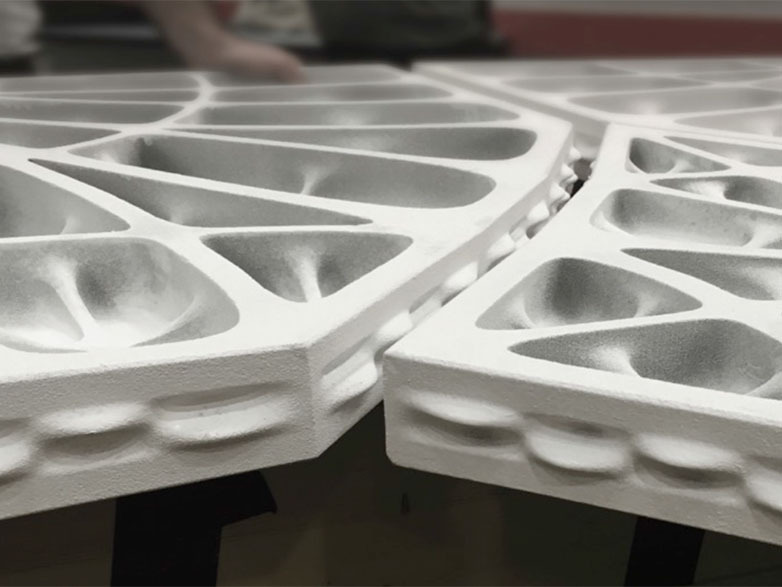
More recently, the institution has also highlighted the potential of 3D printed concrete. The “Concrete Choreography” installation in Riom, Switzerland, unveiled the first robotically 3D printed concrete stage, featuring columns crafted without traditional formwork. In collaboration with the Origen Festival in Riom, Switzerland, the installation showcases nine 2.7-meter-tall columns, each uniquely designed using custom software and produced with a novel robotic 3D printing process developed by ETH Zurich in collaboration with NCCR DFAB. These hollow concrete structures are printed to optimize material usage strategically, promoting a more sustainable approach to concrete architecture. Furthermore, the computationally-designed material ornamentation and surface texture demonstrate the versatility and significant aesthetic potential of 3D concrete printing when applied to large-scale structures.
Hence, there are numerous potential pathways for concrete to continue its reign as a preferred material in the design and construction sector. Having shaped our cities for centuries, enabling rapid expansion and architectural innovation, it is now imperative to explore how materials like concrete can further support innovation by undergoing innovative transformations themselves. For architects, the challenge lies in ensuring that such pioneering solutions, capable of fundamentally altering concrete usage, gain acceptance in an industry traditionally resistant to change. Otherwise, the environmental repercussions of conventional concrete may pave the way for greener alternatives to overshadow its dominance.
